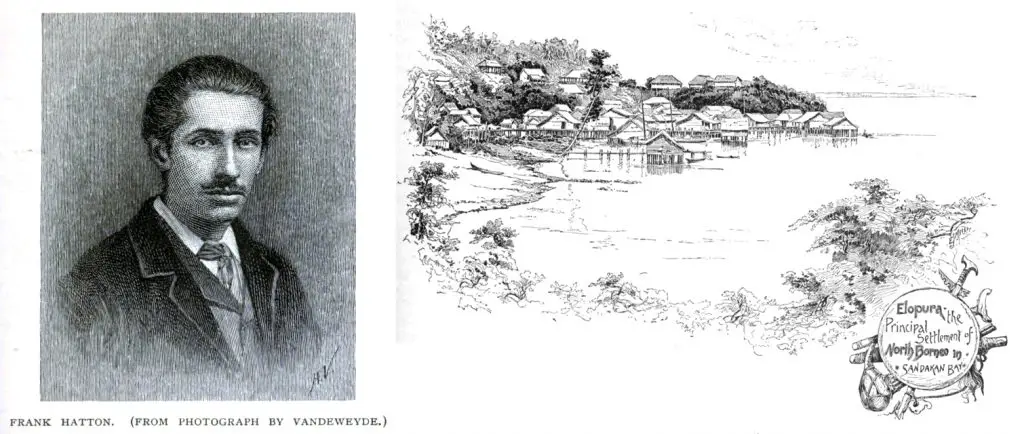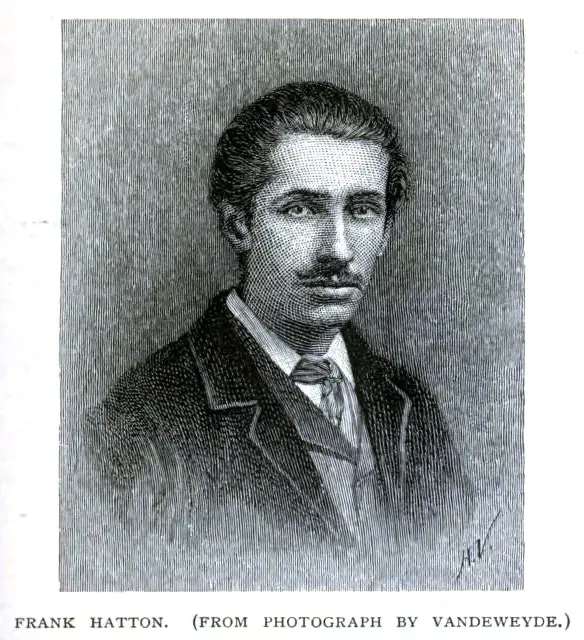On June 28, 1944, a horrendous war crime was committed in a quiet village called Mandor in West Kalimantan, Indonesia during World War II (WWII).
While some historians believed the number of victims were 21,037, other records stated about 1,000 people died during the massacre.
Although the official death toll is still in dispute, nobody can deny that hundreds were killed by Japanese officials on that day.
The Background of The Mandor Affair
The Mandor Affair is in fact part of two massacres called The Pontianak Incidents which took place in West Kalimantan during the Japanese Occupation of the Dutch East Indies.
The whole incident happened in 1943-1944 when the Japanese decided to arrest the Malay elites, Arabs, Javanese, Dayaks, Bugis, Bataks, Menadonese, Dutch, Chinese, Indians and Eurasians in Kalimantan.
Despite the racial differences, those who were arrested had a few things in common. They were mostly community leaders, intellectual and educated people, lawyers, doctors, journalists, politicians, religious leaders and royal members of various Sultanates in Kalimantan.
According to the book Chinese Indonesians: Remembering, Distorting, Forgetting by Tim Lindsey and Helen Pausacker, from January until June in 1944, trucks picked up people by night, either from their homes or from the prisons. They were all taken secretly to Mandor, a quiet village located 95 kilometers northeast of Pontianak.
Many did not know what were the fates of these people until early July 1944. The then local Japanese official newspaper, Borneo Shimbun (Pontianak edition) reported that those who were arrested, were tried and executed on June 28, 1944 in Mandor for plotting to overthrow Japanese rule.
The Japanese reportedly beheaded them one by one before burying them in ten mass graves in the forest near the village.
Meanwhile, other accounts reported they were all buried alive in several large holes. Most were probably weak due to illnesses and diseases after a period of internment and were too weak to fight their way out from being buried alive.
The victims of The Mandor Affair
The question now is how did the number 21,037 come about?
Lindsey and Pausacker wrote that the number 21, 037 was allegedly recorded in war documents kept in the libraries of Japanese universities after WWII.
It is believed that the number was in connection with the kidnapping, torture and massacre by the Japanese troops all over Pontianak, not just in Mandor.
Whatever the real death toll was, what was certain was that the Mandor Affair took the life of up to 25 aristocrats of Pontianak sultanate including its 74-year-old sultan, Sharif Mohamed Alkadri.
The Japanese named him as the one of the ringleaders in the alleged planned rebellion.
They also killed the heir to the Sultan, 31-year-old Pangeran Adipati.
Besides the Sultan of Pontianak, the Japanese also executed the Sultans of Sambas, Ketapang, Soekadana, Simbang, Koeboe, Sanggau, Sekadau, Tajan, Singtan, and Mempawa.
Unfortunately, the timeline of their deaths is still unclear.
Who was responsible for the Mandor Affair?
Indonesian writers Syafaruddin Usman and Isnawita Din wrote in their book Peristiwa Mandor Berdarah claimed Syuutizitiyo Minseibu was responsible for the Mandor Affair.
But there were no records after WWII if he was ever held responsible for the massacre.
Someone, however, did actually pay the price for the Pontianak Incidents.

After the end of WW2, vice admiral Marquis Tadashige Daigo in the Imperial Japanese Navy was extradited to Batavia in the Dutch East Indies and was found guilty in a closed military tribunal for crimes that occurred during the Pontianak Incidents.
He was executed with a rifle shot to the stomach on Dec 6, 1947.
As the commander of submarine forces, he was based at Balikpapan since late 1943. Hence, whether he was fully aware of the doings of his junior staff thousands of kilometers away in Pontianak, remained unclear due to the secrecy of his trial.
In 2007, the local Indonesian government had declared June 28 as an official mourning day for West Kalimantan Province (Hari Berkabung Daerah Provinsi Kalimantan Barat) to remember those who died in Mandor.
A memorial was elected at the massacre site and it is now known named as Juang Mandor Graves.
































